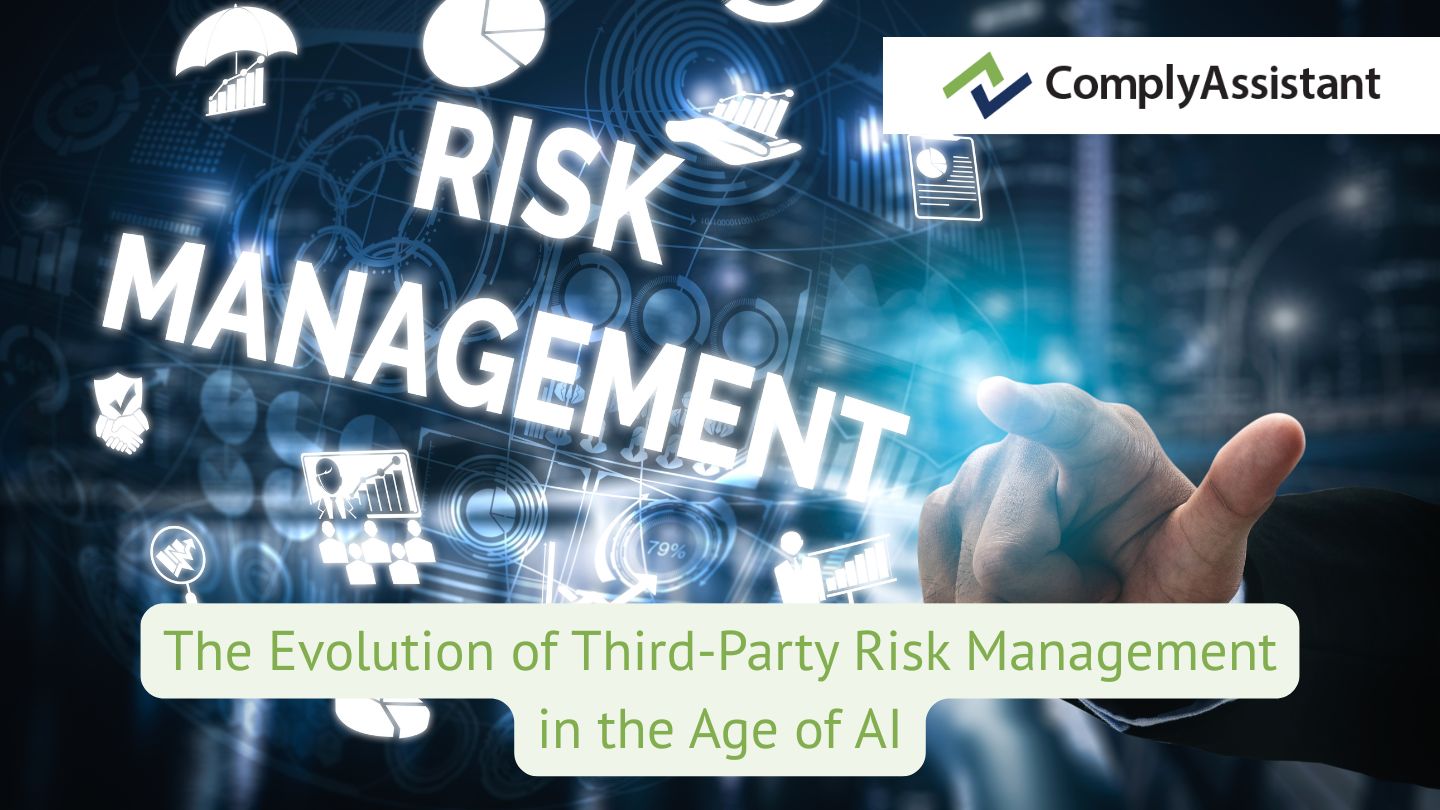As artificial intelligence reshapes the healthcare landscape, organizations face a complex intersection of innovation and risk. The rapid adoption of AI technologies, combined with increasing reliance on third-party vendors, creates unprecedented challenges for maintaining robust security and compliance programs.
The Growing Complexity of Third-Party Relationships
Recent studies reveal that over 60% of cyber attacks originate from third-party vendor relationships. This sobering statistic highlights a critical reality: your organization’s security is only as strong as your weakest vendor. When vendors fail to maintain adequate security controls, your most sensitive data becomes vulnerable to compromise.
Traditional vendor risk management already demands comprehensive identification and categorization of all third parties handling organizational data. Each vendor must be inventoried and assessed based on their access level and the sensitivity of information they process. However, the introduction of AI systems adds layers of complexity that require evolved approaches to risk assessment.
AI Implementation: New Frontiers in Vendor Risk
Artificial intelligence introduces unique considerations that traditional vendor risk frameworks weren’t designed to address. AI staging environments, for instance, serve multiple critical purposes: providing controlled testing spaces for AI models, validating data quality, and ensuring system integration without affecting production environments. This staged approach allows organizations to identify potential issues before they impact patient care or compromise sensitive data.
Large healthcare organizations face particular challenges when implementing AI systems. The scale of data processing, multiple integration points, and complex governance structures require heightened vigilance. AI systems can process vast amounts of protected health information, making data governance and access controls more critical than ever.

Essential Questions for AI Vendor Assessment
When evaluating AI vendors, organizations must expand their assessment criteria beyond traditional security questionnaires. Critical questions include:
- How is the AI model trained and what data sources are utilized?
- What measures exist for bias detection and mitigation?
- How is data handled throughout the AI processing lifecycle?
- What transparency exists around algorithmic decision-making processes?
- How are model updates and changes managed and communicated?
These questions reflect the unique nature of AI systems, where data processing occurs in ways that may not be immediately visible or understandable through conventional security assessments.
Quality Assurance in the AI Era
Quality assurance for AI vendors requires specialized approaches that go beyond standard security controls evaluation. Organizations should verify that vendors conduct regular model performance testing, maintain comprehensive data lineage documentation, and provide transparency into algorithmic decision-making processes.
The assessment process must examine access controls, data security measures, governance structures, and risk assessment capabilities specific to AI operations. Any identified gaps require immediate mitigation action items, with particular attention to how AI systems handle sensitive healthcare data.
Governance and Compliance Considerations
AI governance extends traditional vendor risk management into new territory. Vendors must demonstrate compliance with emerging AI regulations, provide audit trails for AI decision-making, and maintain robust data protection measures throughout the AI lifecycle.
Contract review becomes increasingly important, with agreements needing to address AI-specific considerations such as model training data usage, intellectual property rights, and liability for AI-generated decisions. Clear exit strategies must exist for vendors who fail to maintain adequate privacy and security controls in their AI implementations.
The Need for Continuous Monitoring
Static assessments prove insufficient in the dynamic world of AI vendor relationships. Model drift, changing data patterns, and evolving regulatory requirements demand ongoing oversight of AI vendor performance and compliance. Continuous monitoring becomes even more important as AI systems learn and adapt over time.
Organizations need robust documentation processes that capture not only traditional vendor assessments and communications but also AI-specific elements such as model performance metrics, training data lineage, and algorithmic decision audit trails.
A Collaborative Approach to AI Vendor Risk
Successfully managing AI vendor relationships requires collaboration across multiple organizational functions. Clinical teams understand the healthcare context and patient safety implications. IT teams manage technical integration and infrastructure requirements. Compliance teams navigate regulatory obligations. Legal teams address contractual and liability considerations.
This multi-disciplinary approach ensures that innovation doesn’t compromise security or regulatory compliance. Regular governance meetings should include discussions of AI vendor performance, emerging risks, and changing regulatory landscapes.
Looking Forward
As healthcare continues to evolve with AI technology, organizations must adapt their vendor risk management strategies accordingly. The traditional approach of annual assessments and static contracts gives way to dynamic, ongoing oversight that accounts for the unique characteristics of AI systems.
The integration of AI into healthcare vendor relationships presents both opportunities and challenges. Organizations that proactively address these evolving risks while maintaining robust vendor management practices will be better positioned to harness AI’s transformative potential while protecting sensitive data and maintaining regulatory compliance.
Success in this new landscape requires not just updated processes and tools, but a fundamental shift in how organizations approach vendor relationships in an AI-enabled world. The stakes are too high, and the pace of change too rapid, for anything less than a comprehensive, forward-thinking approach to third-party risk management.

